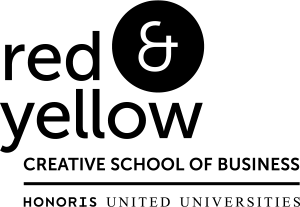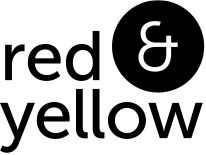Due to the digital revolution, humans are increasingly processing information differently than they did a couple of decades ago. As a result, the world is more visual than ever before, allowing for the quick and easy processing of information in fast paced contemporary life. The rise in popularity of emoji as a visual language, for instance, may be understood as part of this trend towards visualisation.
Just as fish do not notice the water they swim in, it is easy to become so accustomed to the images around us that we forget to be critical about their place and function in our lives. In the BA Visual Communication programme at Red & Yellow, visual studies plays a role in teaching future visual creators how to think about images analytically. Students are then able to use these critical thinking skills to also approach the visual work they produce in a more nuanced manner. We encourage parity across all modules of the programme to ensure that the practical work students create and the theory taught in visual studies may complement and enhance each other.
In visual studies we understand that technological advances have an impact on the visuals around us and in turn shape our identities too; we try to make sense of these changes and effects. We understand that the social, cultural and political conditions of the world we live in may be encoded in the visuals around us, and we attempt to decode these images in order to better understand such conditions. Visual studies grapples with how to make sense of the visual world we find ourselves in based on our positions as raced, sexed, and gendered individuals. Furthermore, we aim to understand how images are able to subvert our collective ideas, values and preconceptions, and urge us to reformulate our understanding of ourselves and our place and space in the world.
In the visual studies curriculum at Red & Yellow we focus on understanding all the above aspects of our ever-increasing visual world, by balancing creativity and intuition with analytical and academic skills. Each of the three years in the visual studies curriculum build on the content and outcomes of the previous year. In this way the lecturers are able to introduce students to visual studies content and methods of analysis, while gradually scaffolding these skills until students reach third year level.
As a result of our careful construction of the visual studies curriculum, graduates of the BA Visual Communication programme are equipped for right brain creative thinking, as well as for logical left brain reasoning. Students graduate with the ability to creatively make connections between points of theory and visual case studies and formulate a logical argument around these points. Graduates are able to formulate relevant, unique and critical designs through research and complete complex projects independently.
At Red & Yellow we are proud to say that our BA Visual Communication students not only notice the water, but they are able to creatively think, coherently argue and logically write about it!



